
When to call an animal control or rehabber isn’t always obvious, especially when you spot that cute baby bird alone on your lawn. It might not need rescuing, but then again, it just might. Being able to distinguish between them could save a life or prevent unnecessary harm. It’s easy to feel alarmed when wildlife ventures too close to our homes or families. But the real question is: when should you step in, and do you need to call animal control? Understanding the signs and knowing when professional help is needed is key to
Attempts are made every year by well-meaning individuals to “rescue” animals that do not need assistance, while others fail to recognize the signs of genuine distress. When a newborn squirrel appears to be by itself or a raccoon hobbles across your yard, it might be difficult to know what to do.
Here are five telltale signals that it’s time to call animal control or a certified wildlife rehabilitator. You and the animal can both be protected by taking prompt action, which also guarantees that assistance reaches those who are most in need.
Obvious Injury or Bleeding
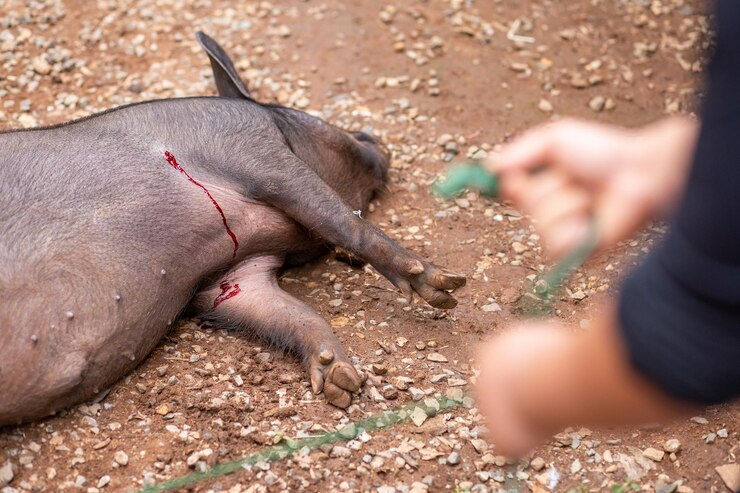
If you encounter a wild animal that is visibly injured, such as bleeding heavily, dragging a limb, or unable to move properly, it’s important to act quickly but wisely. These signs often indicate trauma, and in such cases, the animal may be in shock or extreme pain.
Attempting to handle or treat the animal yourself is not recommended, no matter how well-intentioned. Wild animals can become extremely stressed when approached by humans and may react unpredictably. Improper handling can worsen injuries or expose you to potential health risks.
This is precisely when to call animal control or a licensed wildlife rehabilitator. These professionals are trained to assess the animal’s condition, transport it safely, and provide the medical care it needs. Be it a bird with a broken wing or a mammal struck by a vehicle, the best thing you can do is keep your distance and call for expert help.
Taking the right steps ensures both your safety and the animal’s best chance at recovery. Sometimes, the most compassionate action is knowing when to call animal control instead of intervening yourself.
Abnormal Behavior
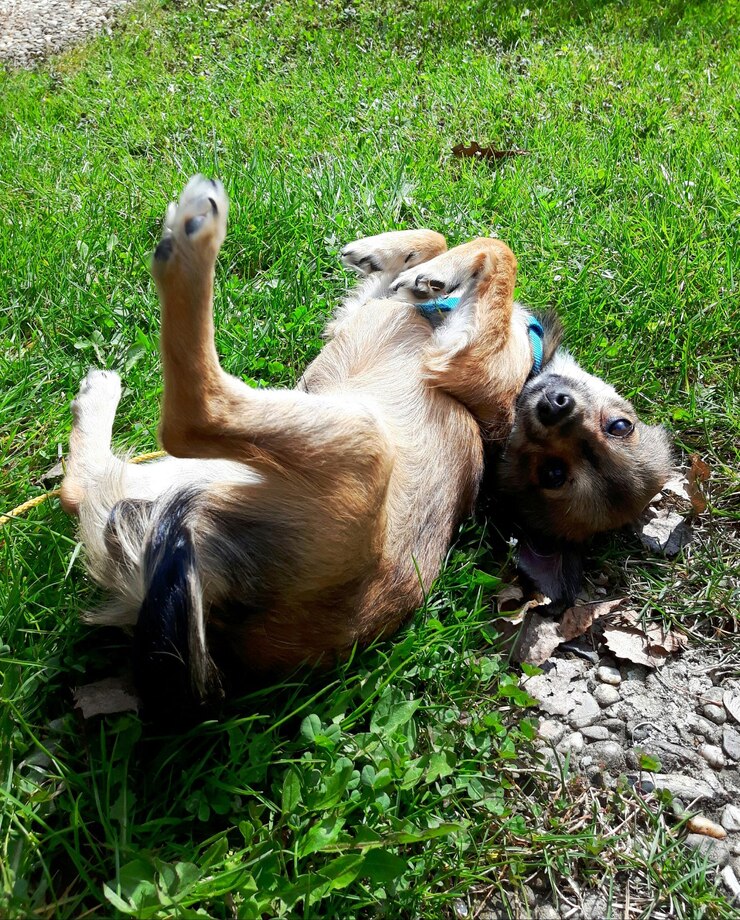
Avoid the temptation to pick it up immediately. Instead, watch it from a distance and refrain from feeding or stroking it, as these actions may worsen the animal’s condition or potentially reduce its chances of surviving in the wild forest.
This could be when to call animal control or wildlife rehabber, especially not sure of what to do. They can advise you if the infant requires assistance or simply time to get back to its parent. Let the professionals make the final decision whenever possible because getting involved too soon can backfire.
Animals in the wild are naturally wary of people. If you witness one acting abnormally, such as stumbling, circling, moving slowly, shivering, or approaching people or pets fearlessly, it’s a clear indication that something is up.
Neurological issues, poisoning, trauma, or illness, including severe illnesses like rabies or distemper, can all be indicated by this type of behavior. Foxes and raccoons that are active throughout the day, unusually gregarious, or confused may be infected with a virus and should be avoided.
It’s important to avoid touching or going near the animal, even if it appears weak or at ease. Animals who are unwell can nevertheless randomly bite or scratch. Instead, keep a safe distance and call animal control or a certified wildlife rehabber to deal with the matter safely.
Orphaned Baby Animal (With No Parent in Sight)
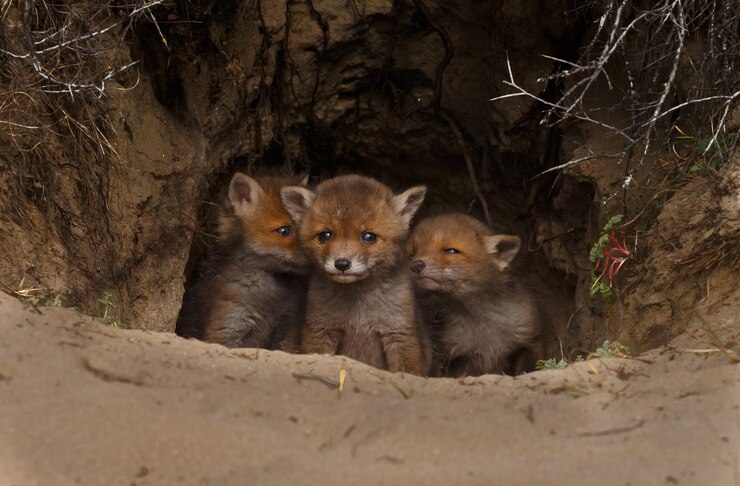
It can be devastating to see a baby animal by themselves, not all lone babies are abandoned. Frequently, the parent is nearby, either observing, gathering food, or even providing an opportunity for the child to acquire survival skills.
Nonetheless, there are telltale indicators that a baby animal might require assistance:
It has been still and uncared for for long hours, wailing, appears feeble or icy, or exhibits obvious symptoms of damage or dehydration, and also, you discover it in a hazardous area, such as next to a road or in a yard full of predators.
Avoid the temptation to pick it up immediately. Instead, watch it from a distance and refrain from feeding or stroking it, as these actions may worsen the animal’s condition or potentially reduce its chances of surviving in the wild.
This could also be when to call an animal control or a qualified wildlife rehabilitator. They can advise you on whether the infant requires assistance or simply time to get back to its parent.
Trapped or Entangled Wildlife
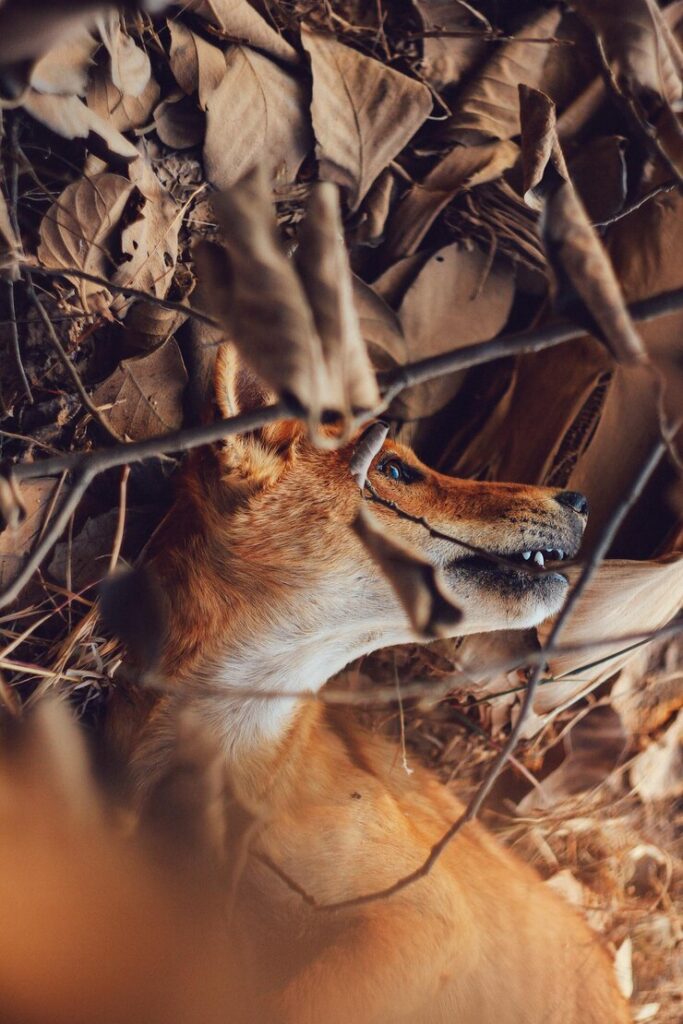
Wild animals occasionally become trapped in man-made obstacles such as window wells, garden netting, fishing line, fences, and trash. They panic when trapped, often hurting themselves further by writhing, biting, or twisting.
Even while it could be tempting to assist, it can be dangerous to attempt a wild animal’s rescue on your own. If you damage feathers, fur, or limbs, you risk hurting the animal or inadvertently making the problem worse. Even little animals might lash out in fright or pain.
Animals may seem quiet or unresponsive in some situations, yet this could indicate shock rather than safety. Inadequate care may also result in long-term damage or stress that lowers their chances of surviving after release.
Contacting animal control or a certified wildlife rescue team is the safest and most compassionate course of action. They’ve been taught to carefully remove animals, minimize injuries, and offer emergency care when necessary.
Recall that the proper resources and experience are more important than well-meaning intentions. The professionals should always be tasked with rescuing captive wildlife.
Presence of a Potentially Dangerous Animal
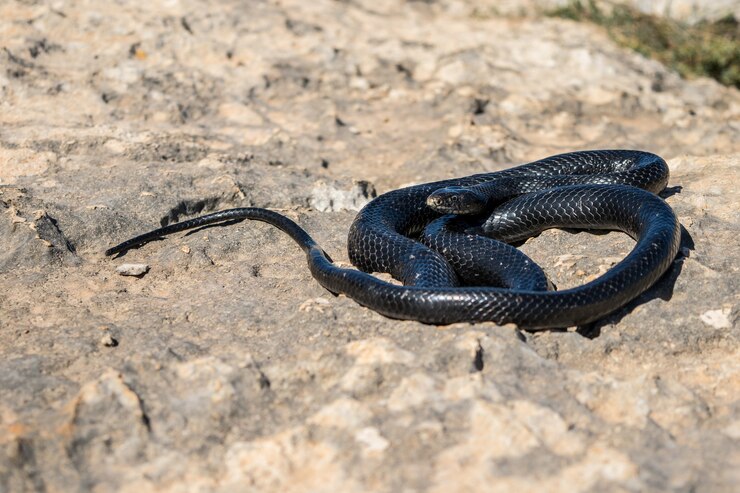
When encountering a raccoon, fox, snake, bat, or any other wild animal behaving unusually, such as seeming overly aggressive, oddly lethargic, or appearing during times they are normally hidden, it’s a clear signal that intervention may be necessary.
These behaviors could point to illness, injury, or disorientation, and attempting to scare the animal away or capture it could be extremely risky for both you and the animal. In such situations, knowing when to call animal control becomes vital.
Wild animals that linger near homes, schools, or areas where children and pets frequent can present a serious hazard. Even if they appear calm or unthreatening, their unpredictable nature makes it vital to treat the situation seriously.
Nocturnal animals like raccoons or bats being active during the day is often a sign of distress or illness, such as rabies. These are not scenarios to approach with DIY solutions; only trained animal control professionals have the knowledge and equipment to handle them humanely and safely.
Calling an animal control or wildlife rehabilitator might feel daunting at first, but it is a proactive and responsible choice. Animal control professionals are there not just to protect people, but to ensure that animals are treated ethically and relocated or treated properly.
Trust your instincts; if something feels off, it probably is. Understanding when to call animal control helps keep your household, your neighbors, and even the animal itself safe.
Conclusion
Recognizing the signs of distress in wildlife is not always easy, but it can make all the difference between life and death for both animals and the people around them.
Right from an orphaned baby, a creature caught in a dangerous trap, or an animal acting strangely near your home, knowing when to call an animal control or a wildlife rehabber empowers you to take the right action with compassion and care.
By trusting trained professionals to assess the situation, you avoid unnecessary risks and give the animal its best shot at recovery and eventual return to its natural habitat. Always observe from a safe distance and resist the urge to intervene directly; your call could be the lifeline that the animal desperately needs.
If you spot any of the warning signs mentioned above, don’t hesitate. Reach out to your local animal control agency or licensed wildlife rehabilitator today. Being prepared, informed, and responsible ensures safer communities and a better future for the wild creatures we share our world with.